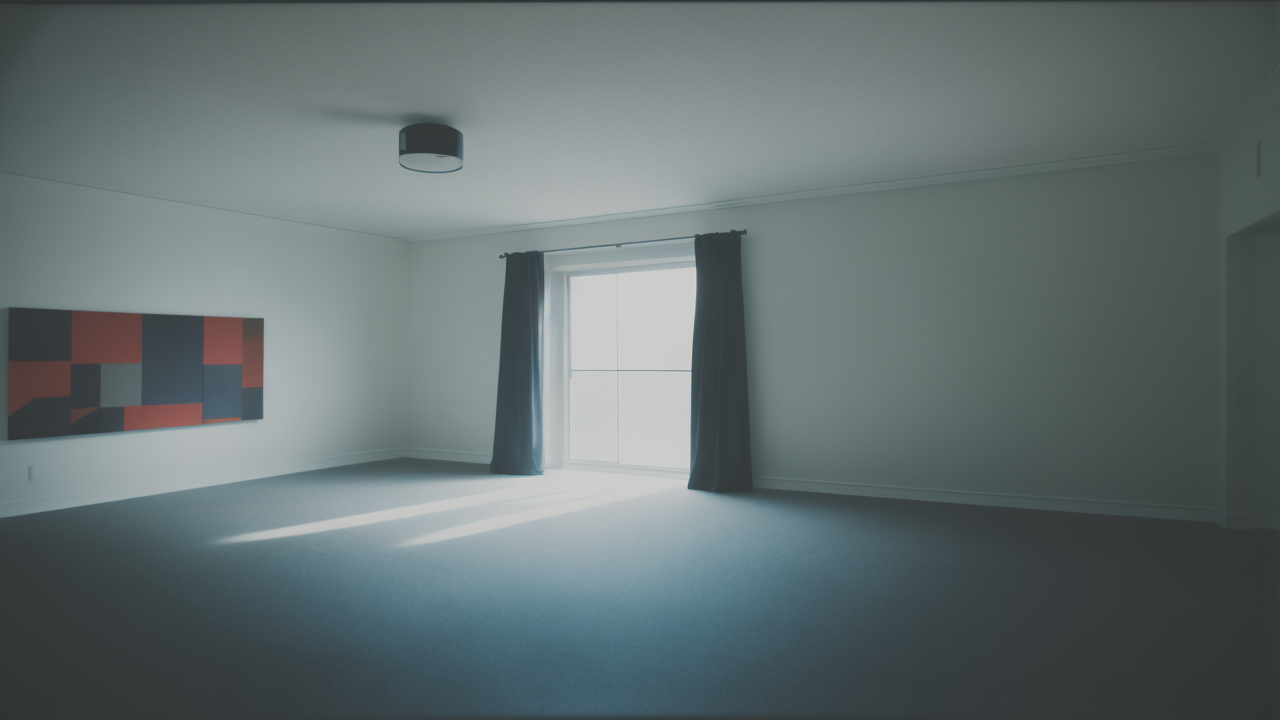
From Rothko to Today: The Influence of Minimalism on Modern Contemporary Art
The Origins of Minimalism in the Art World
The Definition and History of Minimalism
Minimalism in art is a movement that began in the 1960s. It focuses on simplicity and the use of basic shapes. The art style aims to strip away excess and focus on essential elements. Minimalist artists often use geometric forms and limited color palettes.

The roots of minimalism can be traced back to the early 20th century. Artists like Kazimir Malevich and Piet Mondrian laid the groundwork. They explored abstract forms and simplified compositions. This paved the way for the minimalist movement that would emerge decades later.
Minimalism gained momentum in the 1960s and 1970s. It was a reaction against the emotional intensity of Abstract Expressionism. Artists sought to create work that was objective and free from personal expression.
Key Artists Who Paved the Way
Several artists played crucial roles in shaping minimalism. Here are some notable figures:
- Mark Rothko: Known for his color field paintings
- Frank Stella: Famous for his shaped canvas works
- Donald Judd: Created simple, repeated forms in sculpture
- Agnes Martin: Painted delicate grids and lines
- Dan Flavin: Used fluorescent light tubes in his installations
These artists explored new ways to create art with minimal elements. They challenged traditional notions of composition and materials. Their work often emphasized the viewer's experience and perception of space.
Minimalism in the United States: A Historical Perspective
Minimalism flourished in the United States during the 1960s and 1970s. New York City became a hub for minimalist artists. Many gathered at the Judson Memorial Church, which hosted performances and exhibitions.
The movement gained support from influential critics like Clement Greenberg. He championed the idea of "pure" art, free from representation. This aligned with minimalist principles of simplicity and abstraction.
American minimalists were influenced by European movements like De Stijl. They also drew inspiration from Bauhaus design principles. The result was a uniquely American take on minimalism, characterized by bold forms and industrial materials.
The Impact of Minimalism on Contemporary Art
How Minimalism Has Shaped Artistic Language
Minimalism has had a profound impact on the language of contemporary art. It introduced new ways of thinking about form, space, and materials. Artists today continue to draw inspiration from minimalist principles.

One key influence is the emphasis on viewer experience. Minimalist works often invite viewers to engage with the space around them. This has led to more interactive and immersive art installations in recent years.
Minimalism also popularized the use of industrial materials in art. This opened up new possibilities for sculpture and installation. Many contemporary artists now work with non-traditional materials, following in the footsteps of minimalists.
The Role of Minimalism in Conceptual Art
Minimalism played a crucial role in the development of conceptual art. Both movements emerged around the same time and shared some common ideas. They both challenged traditional notions of what art could be.
Conceptual artists took inspiration from minimalism's focus on ideas over visual appeal. They pushed this concept further, sometimes creating art that existed only as an idea. This led to new forms of art like performance and land art.
Minimalism's influence can be seen in many conceptual works. Artists like Sol LeWitt created instructions for artworks, emphasizing the concept over the final product. This approach continues to inspire contemporary conceptual artists.
The Minimalist Art Movement and its Societal Implications
The minimalist movement had broader societal implications beyond the art world. It reflected and influenced cultural shifts of the 1960s and 1970s. Minimalism's rejection of excess aligned with growing environmental awareness.
In architecture and design, minimalism led to a focus on functionality and simplicity. This influenced everything from furniture design to urban planning. The "less is more" philosophy became popular in many aspects of life.
Minimalism also challenged consumerism and materialism. By valuing simplicity, it offered an alternative to the growing consumer culture. This aspect of minimalism continues to resonate in today's society.
The Future of Minimalism in Artistic Innovation
Emerging Trends: The Evolution of Minimalism
Minimalism continues to evolve in contemporary art. New generations of artists are reinterpreting minimalist principles for the 21st century. Here are some emerging trends:

- Neo-minimalism: Combines minimalist aesthetics with new technologies
- Maximalist minimalism: Explores complexity within simple forms
- Organic minimalism: Incorporates natural materials and shapes
- Digital minimalism: Applies minimalist principles to digital art and design
These trends show how minimalism remains relevant and adaptable. Artists are finding new ways to explore simplicity and reduction in their work. The movement's influence can be seen across various art forms and media.
Minimalism in the Era of Technology and Digital Art
Technology has opened up new possibilities for minimalist art. Digital tools allow artists to create precise geometric forms and patterns. This has led to a resurgence of interest in minimalist aesthetics.
Virtual and augmented reality offer new ways to experience minimalist art. Artists can create immersive environments that play with space and perception. This builds on minimalism's focus on viewer experience.
Social media has also influenced contemporary minimalism. The need for visually striking images has led to a popular "Instagram aesthetic" inspired by minimalist principles. This shows how minimalism continues to shape visual culture.
Sustainability and Minimalism: Artists' Approach to Eco-Friendly Art
Minimalism's emphasis on reduction aligns well with environmental concerns. Many contemporary artists are exploring sustainable approaches to minimalist art. They use recycled materials or create ephemeral works that leave no trace.
Some artists are combining minimalism with land art to create eco-friendly installations. These works often highlight environmental issues while maintaining a minimalist aesthetic. This shows how minimalism can be a powerful tool for social commentary.
The "less is more" philosophy of minimalism resonates with sustainable design principles. Artists are finding ways to create impactful work with minimal resources. This approach is likely to become increasingly important in the face of environmental challenges.


